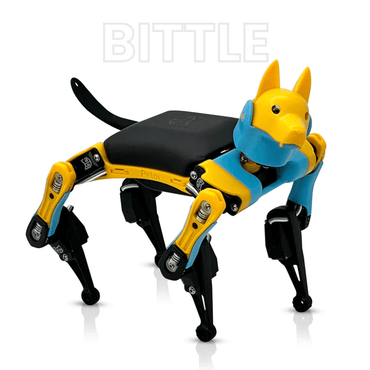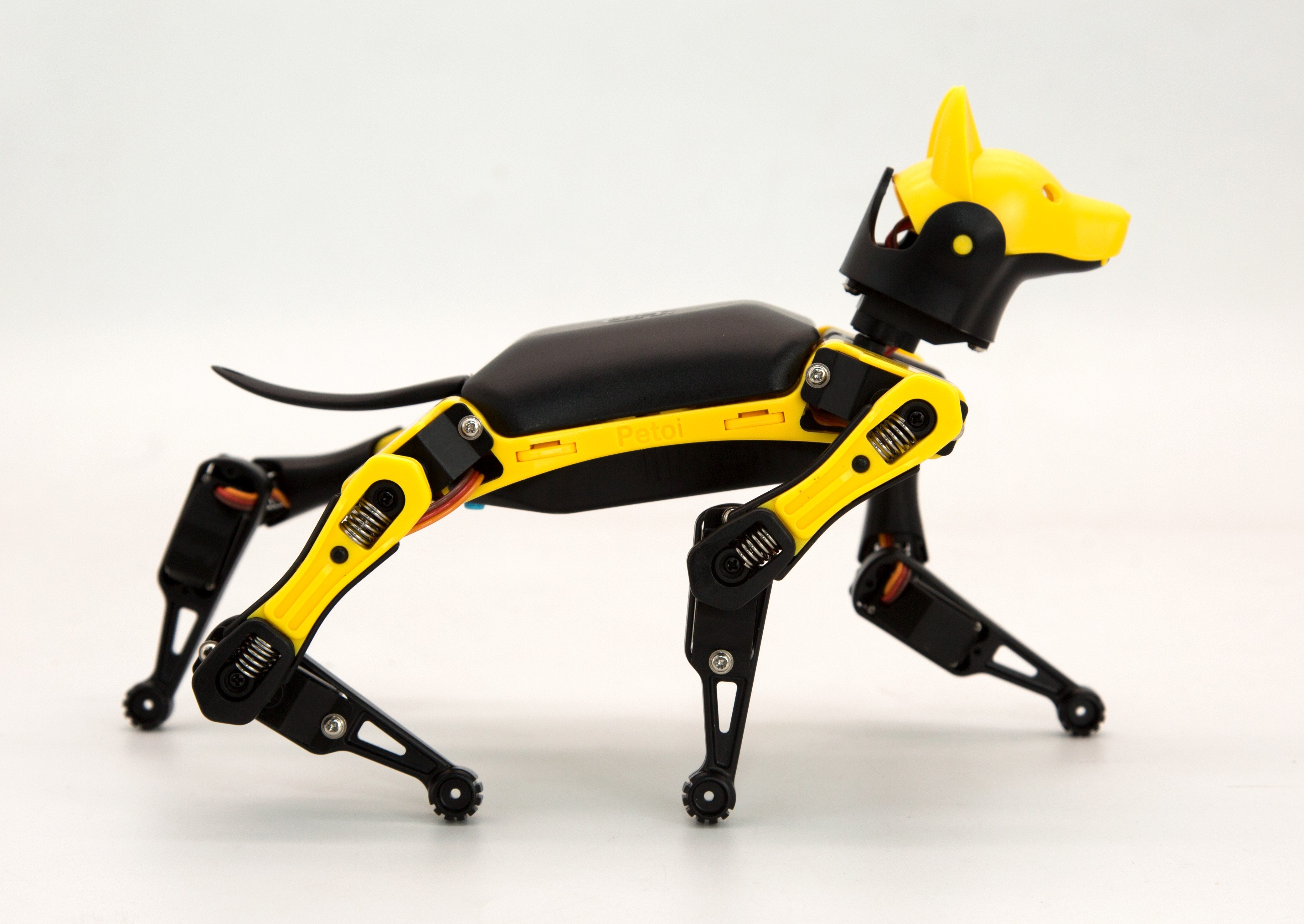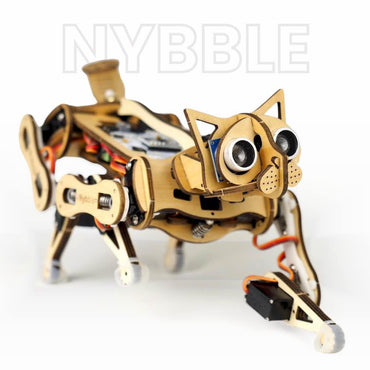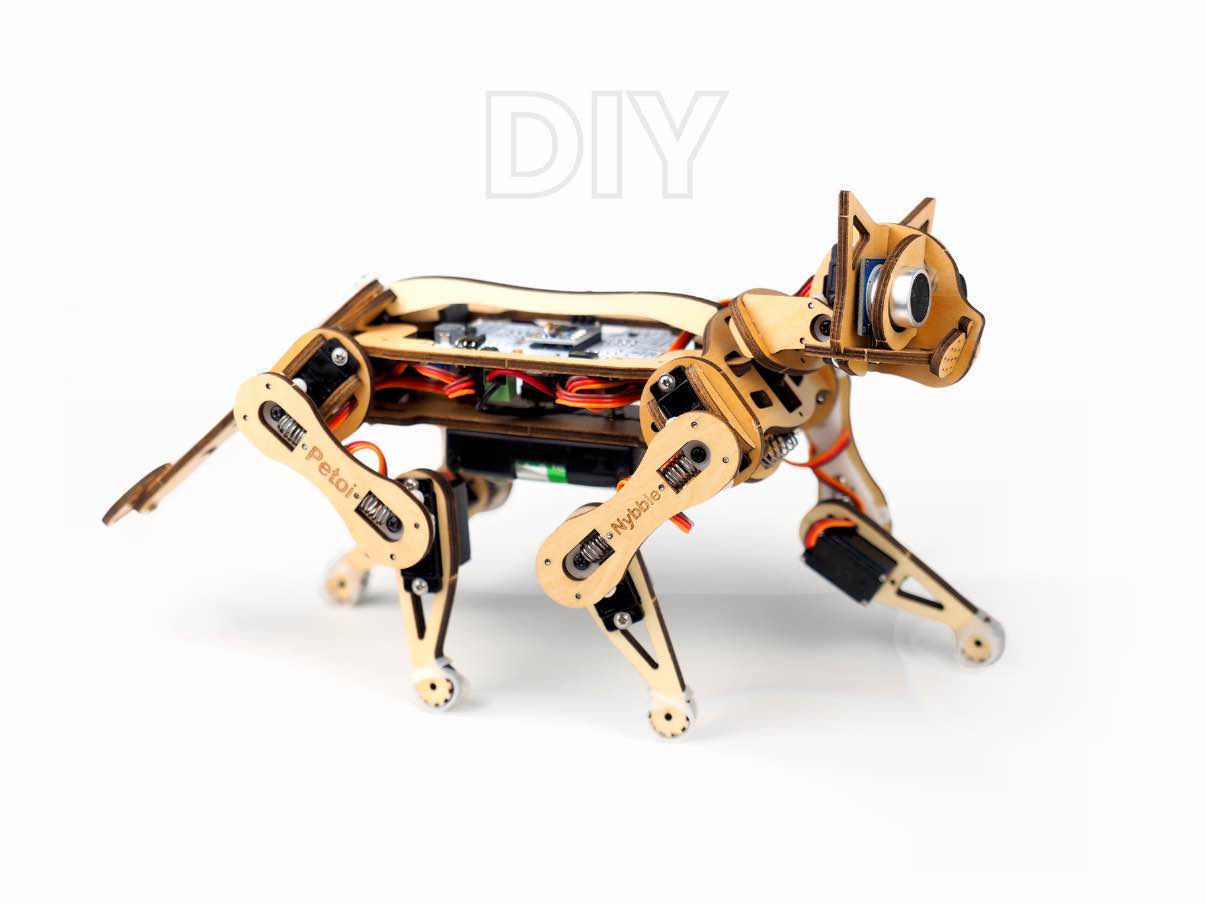Best Open-Source Robots for Robotics Research

What are Open-Source Robots?
Comparison between Open-Source Robots & Closed-Source Robots for Research
Types of Open-Source Robots
OpenCat Robots
OpenCat is an open-source Arduino or ESP32-based quadruped robotic pet framework developed by Petoi. The project helps accelerate the development of robotics in research, STEM Education & Engineering Development Sectors.
Here are the robots running on OpenCat:
Petoi Open Source Smart Robot Dog Kit Bittle - $269

You can modify OpenCat on Bittle to adapt your use or control opencat robots using ROS (Robot Operating System).
A team of researchers published a paper on using Bittle for the Machine Learning model under the title Tiny Robot Learning.
By teaching bittle new skills, they can turn into a ninja or even a gymnastics master. Bittle is a perfect tool for learning, developing, researching & robotics, or even a better tool to impress your family and friends with your new tech dog.
Robotics applications and research with Bittle

Petoi Open Source Robot Cat Nybble - $299
Nybble is a robotic cat that can do handstands & play boxing. Yes, it sounds crazy, but Nybble is very lightweight and made of laser-cut plywood, making it fast & has incredible movements. Running on OpenCat, Nybble has endless possibilities for customization. It can become and act like a real cat as you program it. Fans also made a few Nybble DIY versions.
All of the Petoi robots run on customized Arduino Uno or ESP32 boards, which coordinate all simple and sophisticated movements with high performance plastic or metal servors. You can add IoT sensors for different applications. In addition, you can equip the robots with additional power by mounting a Raspberry Pi or other AI development boards to access all capabilities possible for robotics research and applications.
Spotmicro Robot
3d printed open source four-leg robot inspired by the Spot Mini of Boston Dynamics. It is based on the Arduino mega development board. Having an ultrasonic sensor that can be used for mapping or obstacle avoidance. Using hot glue to stick some parts together, but unfortunately, there is no ready-made code for several applications to boost the start of the spot micro robot after assembly. However, you should write your own code to start exploring its limits


MIT Cheetah - $10,000
MIT has developed a quadruped robot that is powerful & robust, having high-speed acceleration on a flat surface that can reach 60km/h in just a few seconds. Also, the robot successfully jumped over several obstacles that ranged from 30 to 40cm tall. Since early 2013 MIT has developed several research models of the cheetah until cheetah 3, they started developing a new mini cheetah in early 2019 with a lighter weight, smaller size, & better stability.
Stanford Pupper Robot Dog - $600
In a live demo by TechCrunch, Stanford introduced a new low-cost open source quadruped robot that they hope will lower the barrier to entry to robotics. Having 12 degrees of freedom allows it to move in several directions & jump. Using a PlayStation controller to control the Pupper makes it more accessible for fast development.


LinoRobot $350
Linorobot is an Open-Source platform of robots that are compatible with ROS (Robot Operating System). It provides different professions with a low-cost platform for creating new exciting applications on top of ROS. Linorobot can be built on several robot bases that will give the ability to develop the robot from the ground up. Linorobot was designed with easily accessible hardware so everyone can utilize it as much as possible. Linorobot also has a couple of platforms. Each has its own hardware controller that converts velocity to (X, Y, Z, coordinates or steering angle) that ROS Navigation Stack converts into motor movements derived from the kinematics of every platform. Each controller is meant to be modular and scalable. Components can be replaced to build more giant robots without rewriting the firmware or reusing as many code lines as possible.
Poppy Humanoid Robot - $9000
Poppy Humanoid is one of the robots using the Poppy technological platform. Poppy Humanoid is a human-like shape robot that is open-source. By using 3D printed parts in addition to servo motors to control all its moving parts. Poppy Humanoid has been an excellent example of research on human-like shape robots for schools.








